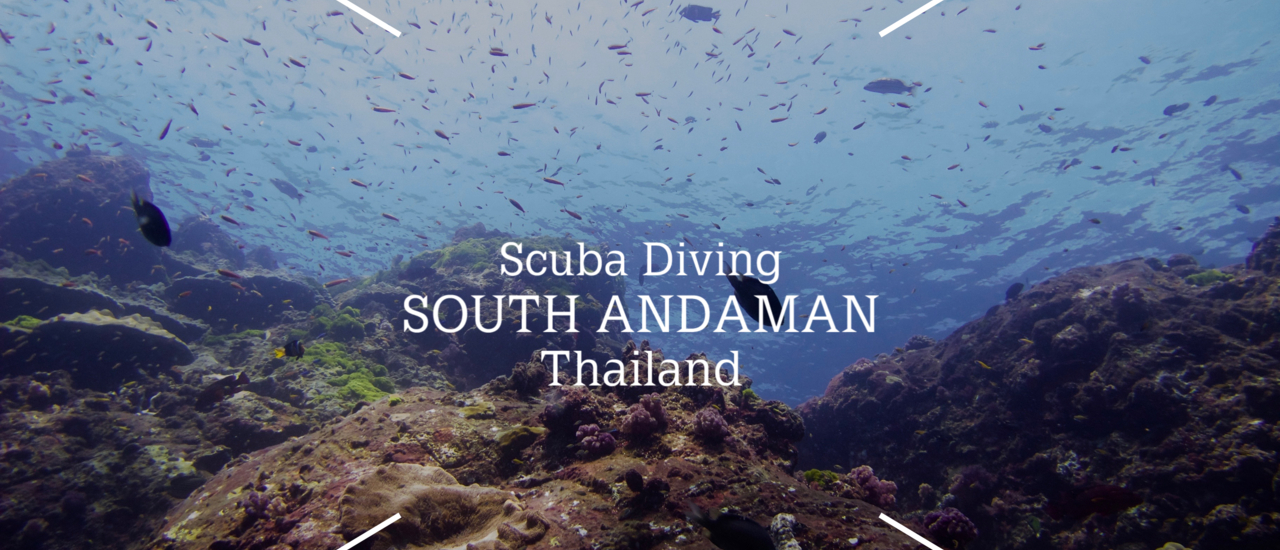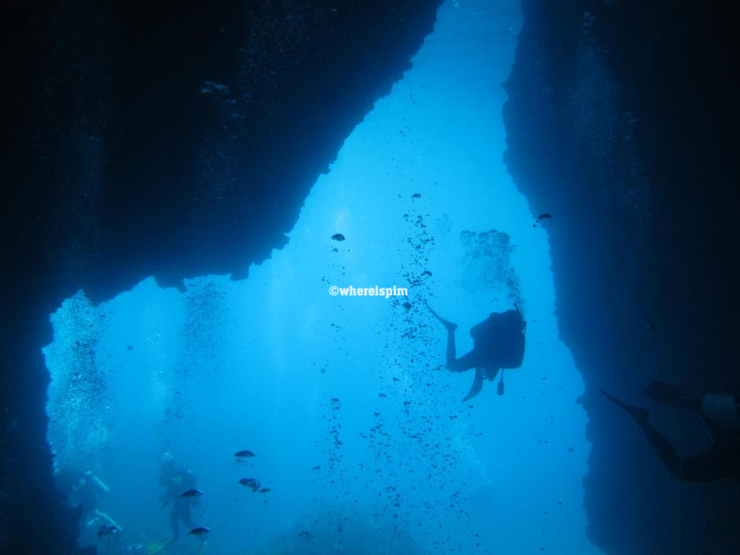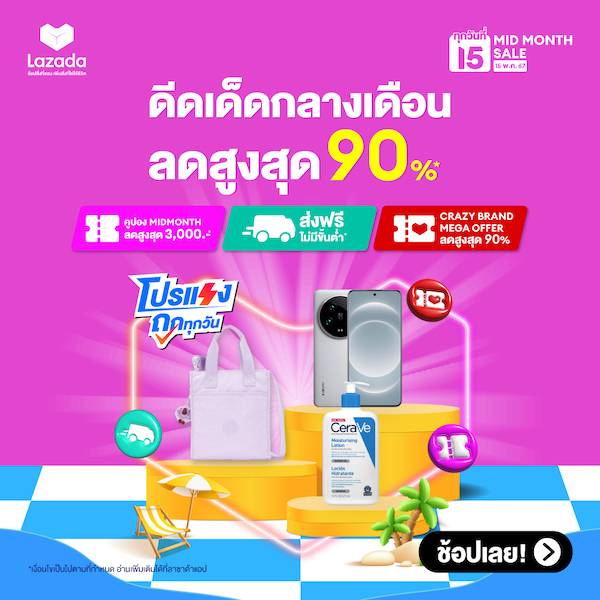After months of constant urge to dive, we were finally able to arrange a liveaboard trip. This time, to a new destination for the both of us, South Andaman sea. In Thailand’s scuba community, we divide the Andaman Sea into two parts, the north (AKA Similan) and the south. The southern part is from Phuket down all the way to Lipe. And that is where we headed. It was the first week of November, the opening month for Andaman sea as the monsoon has just passed over. We stayed 5 nights on the boat and dove 4 days straight and that’s 15 dives.
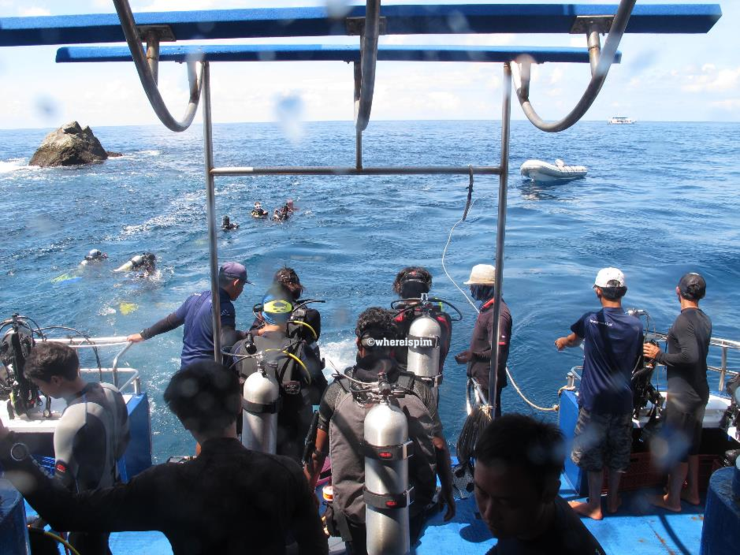
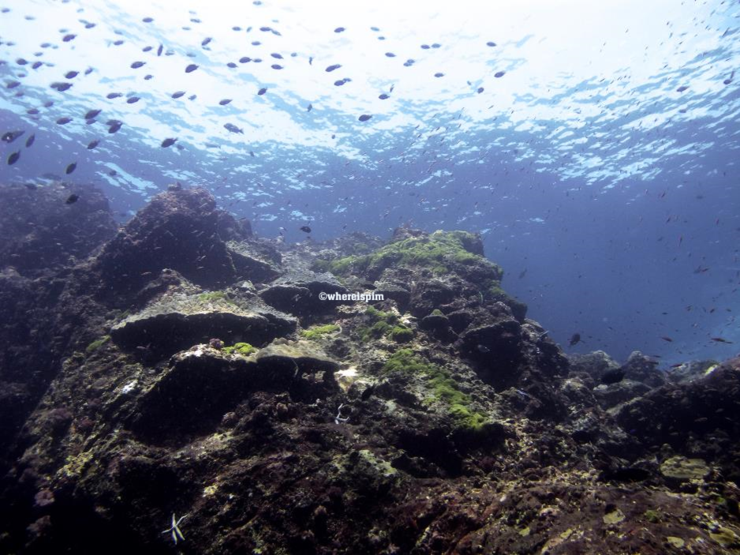
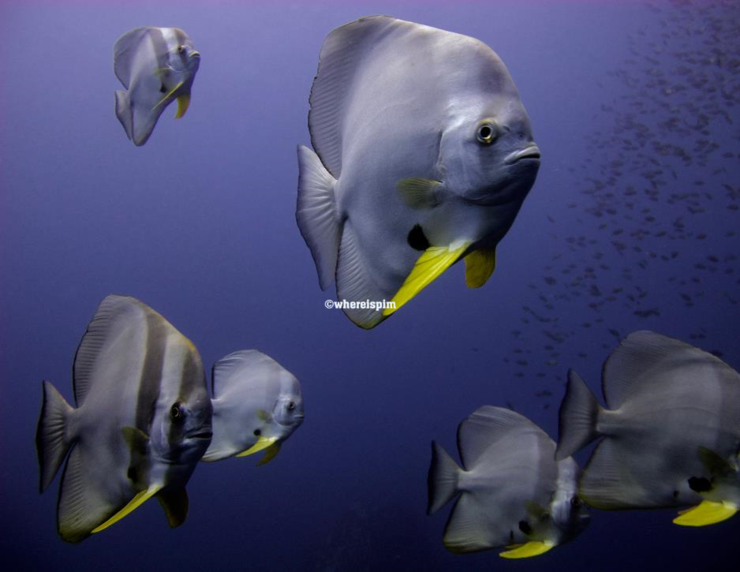
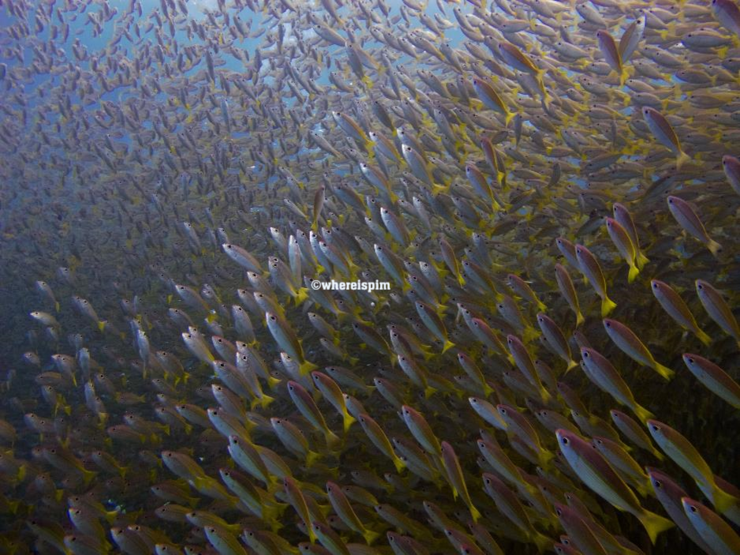
South Andaman sea is known for its colorful soft corals especially in the area of Lipe and Phi Phi island. The marine ecosystem there, from what I could see, is still very much protected albeit there were some old fishing nets down there but from what I saw on the trip, it was, for the most part, intact. Other than colorful soft corals, small critters such as nudibranch are also something to look for. And on the opposite spectrum, when you go diving here, there is always a chance to see big fish. YES! Manta Rays and Whale Sharks are frequently spotted here, specifically at the two famous dive sites Hin Mueng and Hin Daeng, every year. And that is what we were hoping to see!
Of course we did not mention it. Not at all. It is an unspoken rule among scuba divers, at least in Thailand, that you do not mention the name of the big fish while you are on the dive trip. As stupid as it sounds, we don’t want to jinx it and ruin our chance of seeing what we came to see. On the trip we don’t call them Manta Ray or Whale Shark. We call them ‘big fish’. Next time you dive in Thailand, you’ll notice. You will hear it during the dive brief. Something along the line of “Oh by the way, don’t forget to look out into the blue from time to time, there is a chance that the big fish might swim by.”

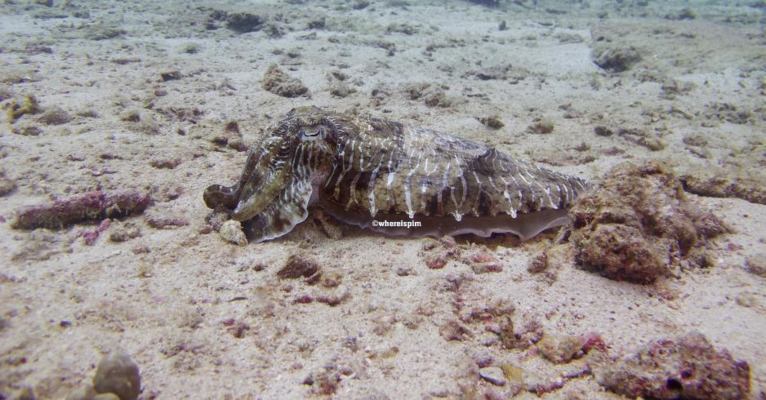
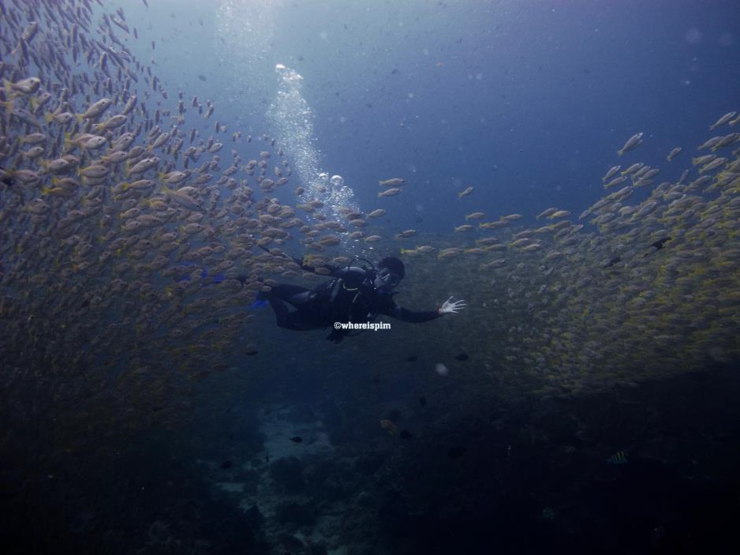
For someone who has never been on a liveaboard here is how it works. You fly to Phuket (if you are diving in Andaman sea) and the van will pick you up from the airport to take you to the boat. On the way to the boat they will make one stop at either 7–11 or Testco Lotus so you can buy whatever you want to take on the boat with you (although meals and snacks are already provided for you on there). They take you to the pier, you go up to the boat and have late dinner. Set up your gears and go to bed. The boat leaves the pier around midnight and it goes straight out to the sea and you will wake up the next morning at your first dive site.
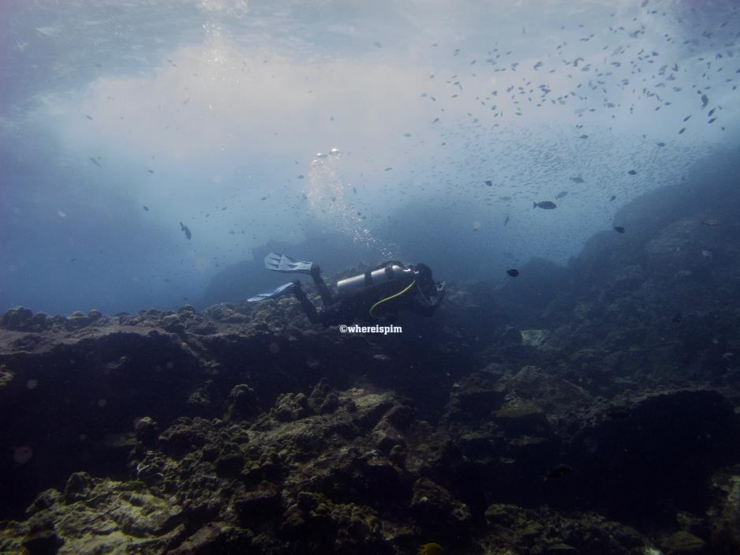
One day of diving on a liveaboard would look something like: 7am wake up bells — coffee and light breakfast — dive brief — 1 dive — real break fast — surface interval — dive brief — 2nd dive — lunch — surface interval — dive brief — 3rd dive — snacks — surface interval — dive brief — night dive — dinner — bed and it goes back to the same loop the next day. During surface interval, most people would gather in the common room to watch movies and hangout or you can just sleep or do whatever.
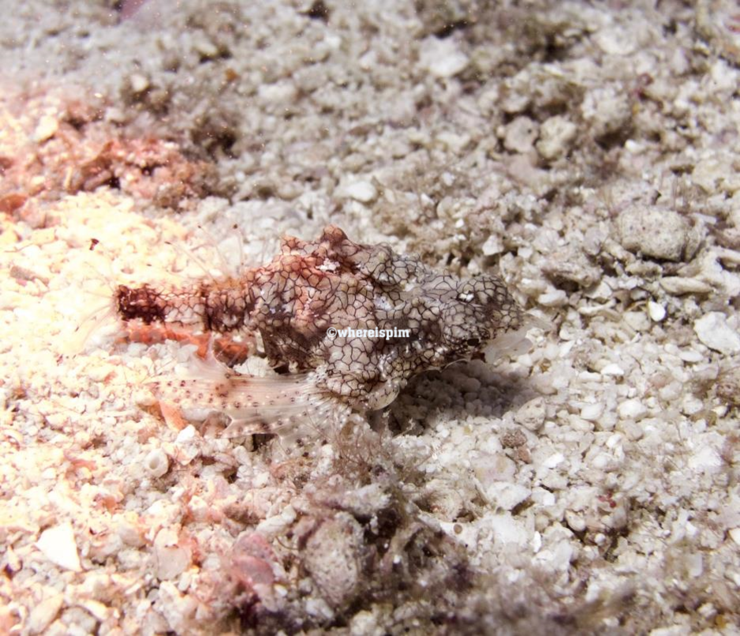
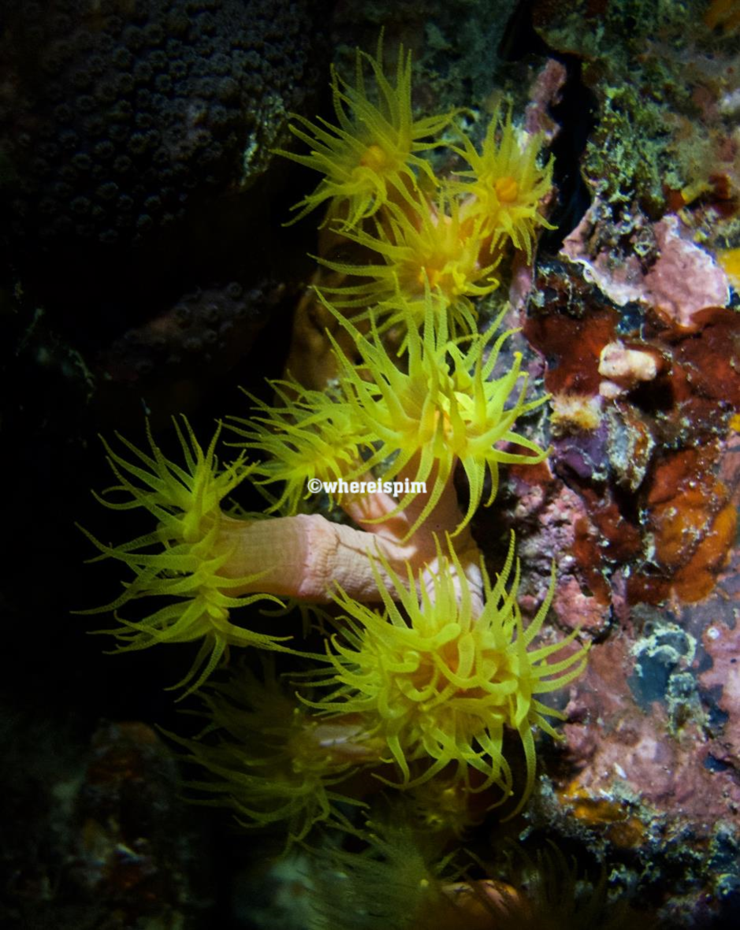
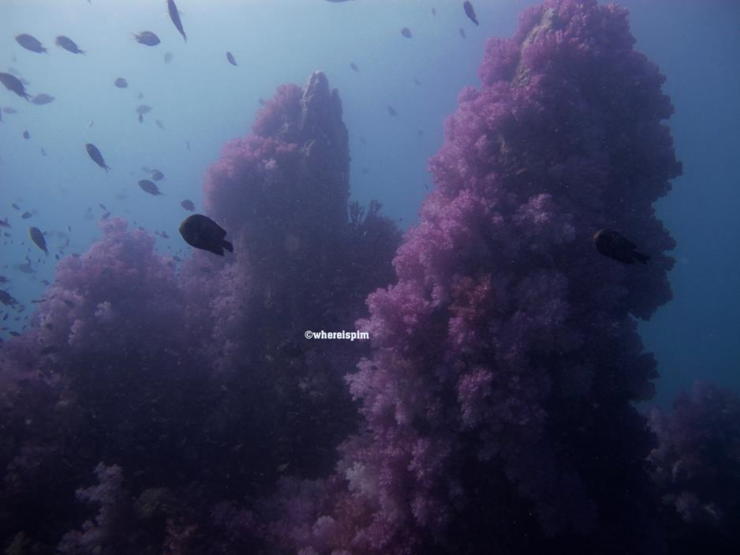


Our wish came true on the first day of the trip!! At Hin Daeng, this giant Oceanic Manta came to us. We were really lucky as it was Thursday and there were no day trip boat any where in sight so we had the dive site just to ourselves. The Manta stayed with us for at least half an hour!! Yayyyyy!

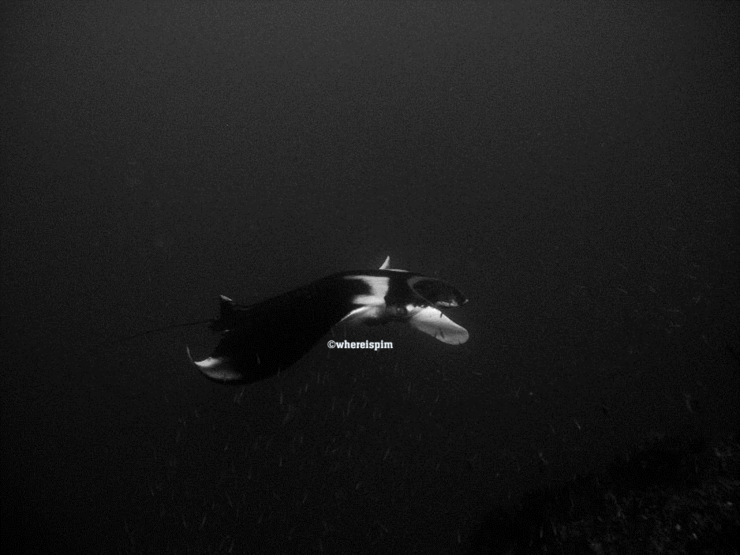
see more underwater photos HERE
WhereisPim
Monday, August 17, 2020 2:25 PM

